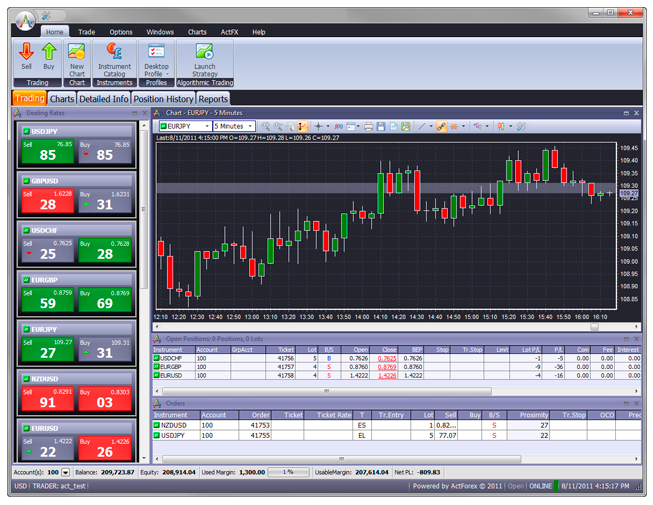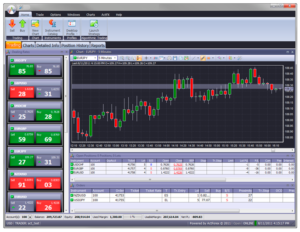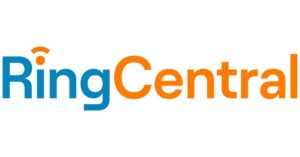If you’ve ever wondered how SolarWinds Sam works, wonder no more! In this blog post, we’ll give you a behind-the-scenes look at how our software works to help you manage your IT infrastructure.
SolarWinds Sam is a handy tool that allows you to monitor and manage your IT infrastructure from a single pane of glass. With it, you can view real-time data on performance and capacity, as well as identify and resolve potential problems before they cause downtime. In addition, SolarWinds Sam provides you with the ability to create custom dashboards and reports so that you can easily share information with your team.
How SolarWinds Sam Collects Data
SolarWinds Sam collects data from a variety of sources, including Windows servers, Linux servers, virtualization platforms, application servers, and more. The data is then stored in a centralized database where it can be accessed by authorized users.
SolarWinds Sam also uses agentless monitoring, which means that you don’t have to install any agents on your servers in order to use the software. This helps to reduce the overhead associated with traditional monitoring solutions.
In addition, SolarWinds Sam uses Active Directory integration to allow you to granularly control access to the software. This means that only those who need access to the data will be able to see it.
How SolarWinds Sam Is Used
Once data is collected by SolarWinds Sam, it can be used in a number of ways. For example, you can use the data to generate real-time reports on system performance and capacity. This information can be used to troubleshoot potential problems or identify areas where improvement is needed.
You can also use SolarWinds Sam to create custom dashboards that display the information that is most important to you and your team. These dashboards can be shared with others so that everyone is always up-to-date on the latest information.
BUYER’S GUIDE:
WHY SOLARWINDS SERVER & APPLICATION MONITOR IS A SMART INVESTMENT FOR YOUR TEAM
Proactive alerting vs. Reactive firefighting
With SolarWinds Server & Application Monitor (SAM), your team can avoid the reactive firefighting that often occurs when dealing with server and application issues. SAM provides comprehensive, out-of-the-box monitoring for over 200 applications, including Microsoft Exchange, SQL Server, SharePoint, and more.
In addition, SAM includes built-in templates and wizards that make it easy to get started with monitoring your environment. And if you need more customization, the software offers a customizable dashboard so you can view the information that is most important to you.
SolarWinds sam also gives you the ability to create custom alerts. This means that you can be notified of potential problems before they cause downtime. As a result, your team can take a proactive approach to solving problems, which will save you time and money in the long run.
Pricing that fits your budget
SolarWinds Server & Application Monitor is an affordable solution for small and medium-sized businesses. The software starts at just $2,995, which includes one year of maintenance. And if you need more than one year of maintenance, you can purchase additional years at a discounted price.
To learn more about SolarWinds Server & Application Monitor, or to get started with a free trial, visit the website today.
Conclusion:
SolarWinds Sam is a powerful tool that can help you manage your IT infrastructure from a single pane of glass. It collects data from a variety of sources and stores it in a centralized database so that authorized users can access it when needed. In addition, SolarWinds Sam uses agentless monitoring and Active Directory integration to help reduce overhead and increase security respectively. Finally, the data collected by SolarWinds Sam can be used to generate reports, create custom dashboards, and troubleshoot potential problems.
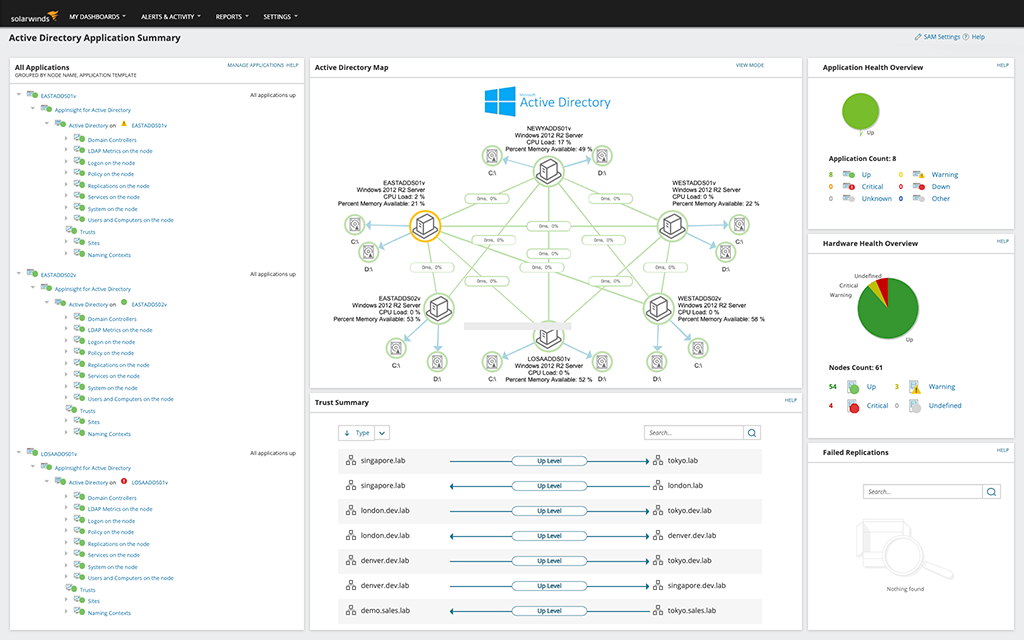
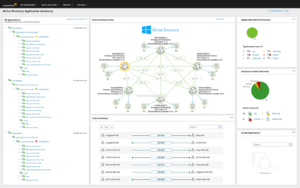

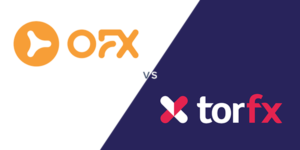
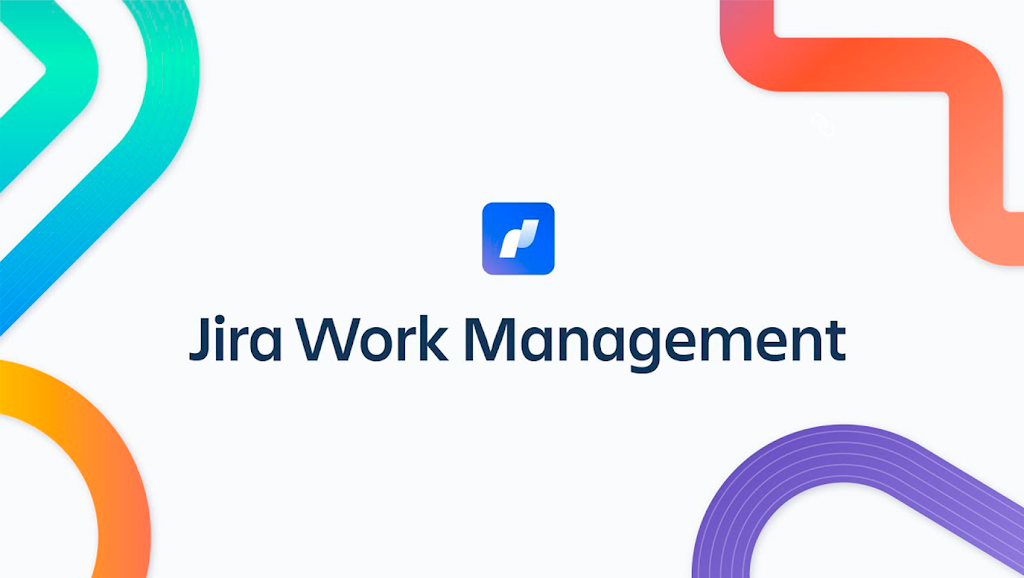
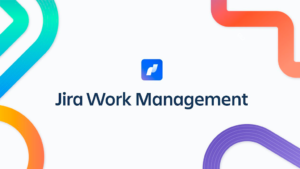




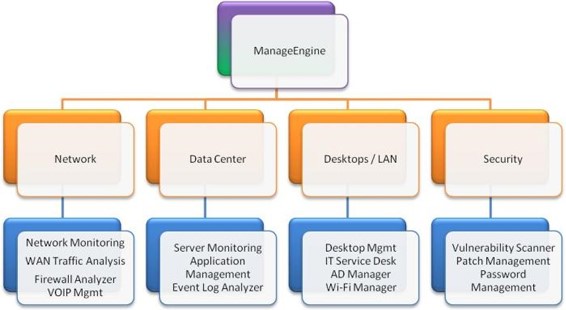
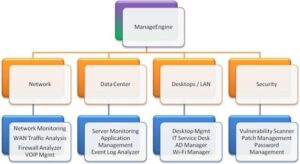
![Best Project Management Software for 2022 – [project manager]](https://deutschzeiten.de/wp-content/uploads/2022/04/Project-20Management-20Software.jpg)

